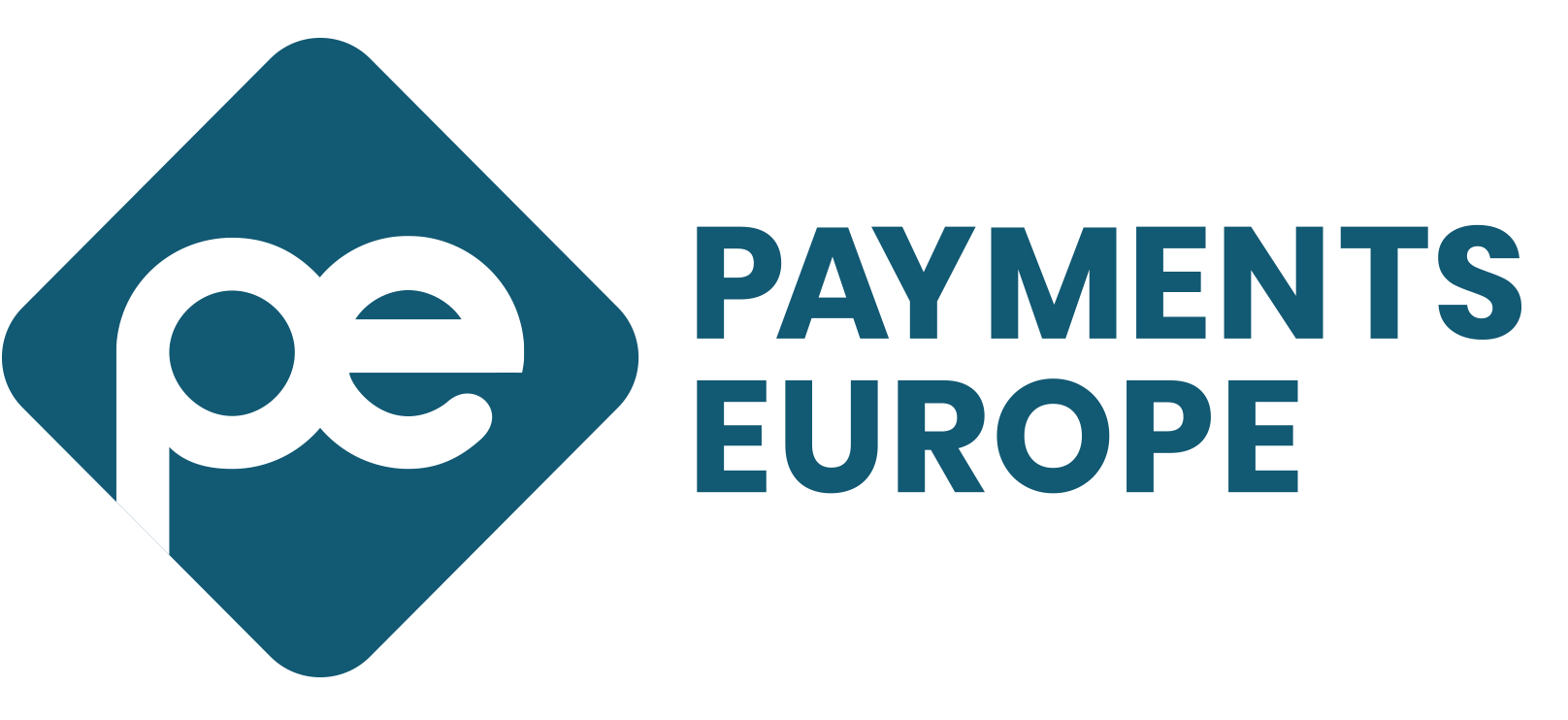KEY TAKEAWAYS
- Payments Europe welcomes the discussion on the possible issuance of a European digital currency. The digital euro should serve a clearly defined purpose and provide identified benefits to users.
- The competitive European payments ecosystem should serve as the basis for the design of a digital currency. Before a final decision is taken on issuance, the implementation of a digital euro needs to be thoroughly tested and appropriately considered.
- The ECB should involve businesses and all other necessary stakeholders in its evaluation of different design options. Any decision on this instrument should be adopted through an open and transparent political decision-making process.
- A digital euro can only be successful if it meets the needs and expectations of Europeans – citizens and businesses alike.
In October 2020 the European Central Bank (ECB) published a comprehensive report on the possible issuance of a digital euro, an electronic form of money issued by the Eurosystem accessible to all European citizens and firms. The report fostered an important debate on the opportunities, risks and design possibilities of such an instrument.
According to the ECB, the development of a digital euro would support the Eurosystem’s objectives by providing access to a safe form of currency that matches the digital world. The digital euro would also contribute to the EU’s strategic autonomy by providing an alternative to foreign payment providers for fast and efficient payments in Europe and beyond.
In a world that is increasingly digital, Payments Europe welcomes the ongoing discussion on the possible issuance of a central bank digital currency (CBDC) for Europe. But before a final decision is taken, the technical implementation of such digital currency needs to be thoroughly tested and legal considerations needs to be given to all relevant related issues.
A digital euro could complement the role of cash by providing a digital equivalent to it and support innovative use-cases in the payments ecosystem such as smart contracts and programmable payments. This would add value for users and provide new business models for businesses. Many use cases of a digital euro are already being tested by the private sector in the current infrastructure. These developments on the private sector should therefore be considered and evaluated by the ECB when analysing the design options of a digital euro.
While acknowledging these positive effects, Payments Europe stresses that the risks and dangers of introducing a digital euro should not be ignored or underestimated. The digital euro cannot be an aim in itself, driven by sovereignty ambitions or protectionism. Rather, its development should serve a clearly defined purpose and provide defined benefit for citizens.
The added value of a digital euro will depend on the specific design of the CBDC. The current payment ecosystem in Europe functions very well and should be the starting point of all CBDC design. The financial stability of the European payments market should not be put at risk by the digital euro, and the efficiency of the current two-tier banking system (cash and demand deposits) must be maintained.
In this context, the ECB should consider a wholesale CBDC as a viable alternative to the much-discussed retail CBDC. This could help to increase securities settlement efficiency and reduce counterparty credit and liquidity risks, potentially making the system faster, less expensive, and safer without threatening its foundation and existence.
When it comes to the design of a potential retail CBDC – in our understanding, a digital equivalent to cash – Payments Europe strongly supports an intermediated model where people hold a direct claim against the central bank. This would make it easy to integrate a CBDC into existing payment solutions and networks – a preference highlighted by citizens in the ECB consultation as being the most convenient option for users. The option would allow for using existing acceptance points and leverage banks’ and PSPs’ expertise when it comes to front-end solutions, user experience, payments and the distribution of money (cash).
An intermediated model would allow a high degree of user-friendliness and would make it easier to solve issues around AML and KYC requirements. We very much agree with the ECB, that only supervised institutions should distribute a digital euro. Only existing payment service providers can provide the highest security and trust standards that are necessary to create a level playing field from the start.
Payments Europe believes that a tiering option would not provide sufficient protection from bank runs in the case of a significant crisis. In addition, the tiering thresholds should be carefully evaluated, and it could make senses to bring these thresholds in line with the average cash holdings of citizens across the Eurozone.
Payments Europe would fully support an ECB Executive Board’s decision to open a formal investigation on a digital euro in the coming months: sufficient time and resources should be allocated to the in-depth investigation and analysis of all options, before moving towards a possible testing, implementation and development phase. All relevant stakeholders should be involved in this investigation, and an open and transparent political decision-making process should be guaranteed for any decision on the issuance of this instrument. After all, a digital euro can only be successful if it meets the needs and expectations of European citizens and businesses.

